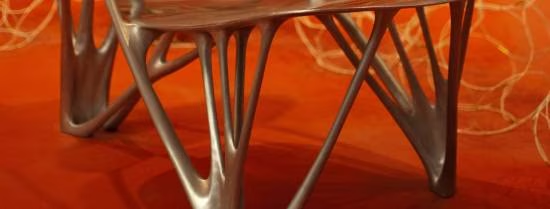How Dutch and American Designers Navigate Multiple Fields
Design emerged in the 20th century as an essential competitive advantage in current markets. Having paved new aesthetic standards for the modern world, designers are at the intersection of art, business, social engagement, and science and technology. Yet, the multidisciplinary intersections that are typical of design practice pose difficult contradictions as different professional fields offer different performance measurements and rewards. Consequently, careers that intersect fields often face greater challenges to long-term economic and status advancements. Given post-recession demands on creative workers, interdisciplinary approaches are increasingly stressed—yet little is known about interdisciplinarity’s effect on worker identity and long-term career opportunities. Studying designers can offer broad insights into creative work and shifting professional and cultural values.
This research seeks to understand how design educators and professionals make sense of and navigate the increasing fluidity between overlapping fields and what consequences this fluidity has for design identities and careers. To do this, the project compares the USA and Netherlands’ design fields. Both countries are prominent in design, yet place contrasting emphasis on market and industry (USA) and art and social responsibility (NL). The research involves examining design education, career trajectories and professional identities, and critical appraisal of design across professional fields and markets.
If you are interested in this research project and would like to know more about the on-going work, please contact the lead investigator, Laura Braden, at Braden@eshcc.eur.nl.
Researcher
This project was funded by a Veni-scholarship from NWO
Funding
For more information about the scholarship, please see the NWO website.

